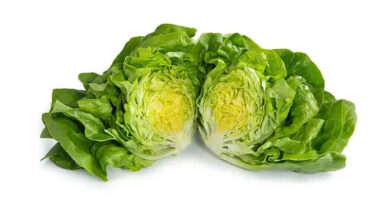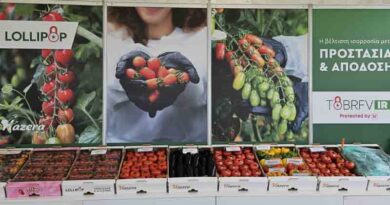
BYDV Risk Implications After A Hot & Dry Summer
25 July 2025, UK: A hot, dry summer followed by a wet autumn and winter in the UK could create high-risk conditions for BYDV:
- The hot summer may reduce aphid populations initially, but surviving aphids often develop faster in warm conditions.
- When autumn rain arrives after drought, this triggers a “green bridge” of volunteer cereals and grass weeds, providing ideal aphid habitat and virus reservoirs.
- A wet autumn and mild winter conditions could likely extend the aphid flight period and activity, allowing continued virus transmission over a longer period.
- Early-sown autumn cereals could face extended exposure to aphid vectors during their most vulnerable growth stages.
- With aphid populations having a higher survival rate during milder, wet winters, there could be more overwintering success and earlier spring population development.
Farmers should consider delayed drilling where possible, vigilant monitoring for aphid activity, and appropriate insecticide applications at critical timing windows, particularly in high-risk coastal and southern UK regions.
Variety consideration is also key, with BYDV tolerant and resistant varieties now available. SY KESTREL is the first and only BYDV resistant barley variety on the market. SY KESTREL is a HYVIDO® hybrid barley variety and therefore brings other benefits in addition to BYDV resistance and WDV tolerance, such as high and stable yields and grass weed suppression.
Also Read: Seizure of 1 Lakh Fake Fertilizer Bags Sparks National Concern Among Indian Farmers
📢 If You’re in Agriculture, Make Sure the Right People Hear Your Story.
From product launches to strategic announcements, Global Agriculture offers unmatched visibility across international agri-business markets. Connect with us at pr@global-agriculture.com to explore editorial and advertising opportunities that reach the right audience, worldwide.






